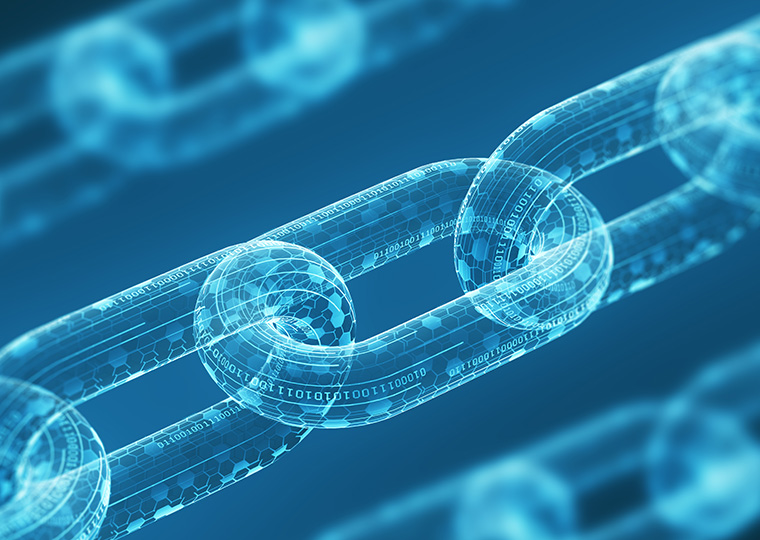Traders see an implicit promise beyond specific asset purchases
In March of 2020, when the stock and bond markets were tanking during the early days of COVID-19, the Federal Reserve announced that it would purchase investment grade corporate bonds and exchange traded funds.
The effect of the intervention was dramatic. LQD, an ETF for investment-grade corporate bonds, rose 7.4% that day. This gain came despite the fact that the central bank hadn’t purchased a single bond yet. Over the next three days, the ETF returned 14.2%; implying a roughly $1 trillion increase in the market value of investment grade corporate bonds overall.
Authors of a working paper noted that either central bank asset purchases are an incredibly effective policy tool or the market was inferring that the government was going to do “whatever it takes” to support markets if the economic situation worsened. In other words, the market was pricing in additional government support if it was needed.
Opt In to the Review Monthly Email Update.
“When a policy is announced, markets do not only learn a single headline number, but form a view of policy actions in many different states of the world.”
The authors, UCLA Anderson’s Valentin Haddad and Tyler Muir and University of Rochester’s Alan Moreira, suggest that changes in option prices before and after a central bank announcement can be used to determine the level of intervention the market expects and that those expectations will vary for different levels of the economy’s health. The researchers created a method to measure the amount of intervention expected by the market at these different states of the economy.
A Half and Half Response
The authors also suggest that the market’s response to a policy announcement is split evenly between the policy itself and the implicit promises the policy creates. So, for the 7.4% gain in LQD on the day of the central bank announcement, they believe it contained a 3.7% gain for the announced policy of a $300 billion purchase capacity and another 3.7% for the market’s belief that additional intervention would occur if the economy deteriorated further.
The researchers used options on various financial instruments, including investment grade corporate bond ETFs and S&P 500 futures, to build their framework. In addition to examining the time period around COVID-19, they applied their approach to other U.S. and international central bank policy announcements, including:
- Federal Reserve bond purchases known as quantitative easing
- European Central Bank asset purchases
- Bank of Japan asset purchases
- Commercial bank equity injections by the federal government during the 2008 economic downturn
- Federal Open Market Committee information releases
Haddad, Moreira and Muir extracted market expectations for interventions by looking at the changes in option pricing across different strike prices before and after a policy announcement. With this information, they could calculate the amount of price support the market was expecting in different states of the economy. Out-of-the-money calls (the right to buy something, but at a price above current levels) revealed what the market expected when economic conditions improved while out-of-the-money puts (the right to sell below current prices) revealed expectations when economic conditions were bad.
Whatever It Takes
The COVID-19 data suggest an interesting long-term effect of the policy announcement. Investment grade corporate bonds became less sensitive to risk after the announcement, even after the purchases ended. Additionally, the researchers maintain that in a crash scenario, the market expected a five-times increase in price support from the central bank. They found this increase in expected support during weak markets occurred across all central bank policy announcements studied. They also found that announcements for any follow-on purchases saw a weaker price response by the market.
Haddad, Moreira and Muir argue that expectations for large increases in price support and the weakening effect of further announcements support the theory that the market believed that the government was going to do “whatever it takes” and increase intervention if needed, rather than just offer a one-time intervention.
The research suggests that, given such market expectations, the impact inferred by the market for different states of the economy can be an important factor to consider when assessing the effectiveness of policy announcements.
Featured Faculty
-
Valentin Haddad
Associate Professor of Finance
-
Tyler Muir
Associate Professor of Finance
About the Research
Haddad, V., Moreira, A., & Muir, T. (2022). Whatever It Takes? The Impact of Conditional Policy Promises.






